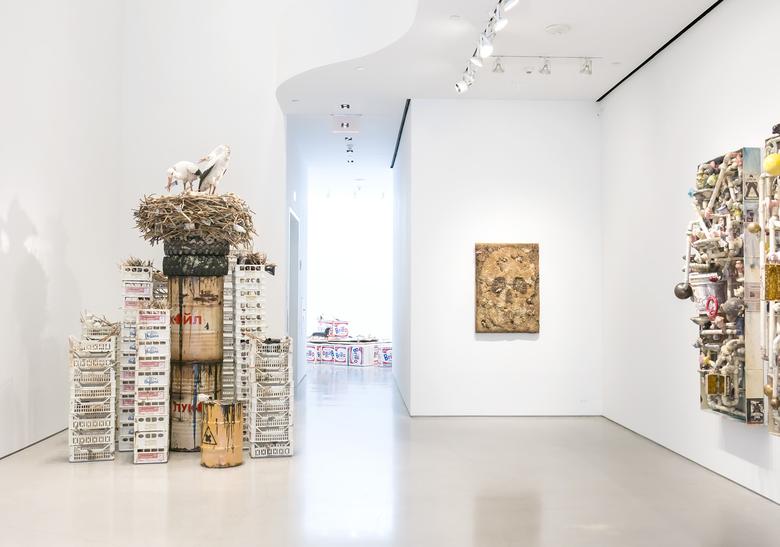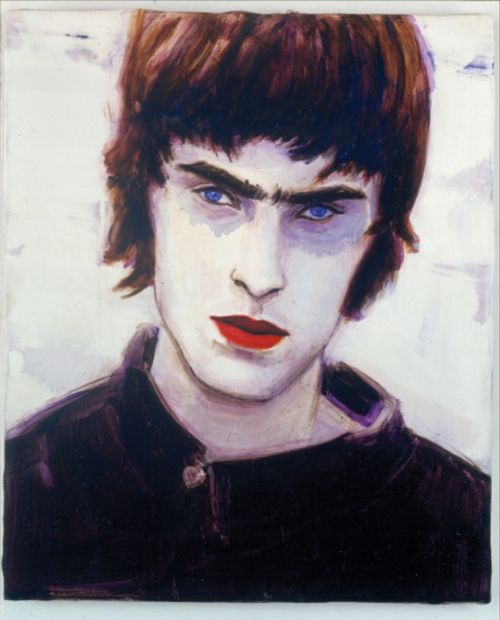Without much understanding about his practice in fashion but I have been adore his clothing for a while. It's an absolute pleasure to be able to get to know his works again.
I also enjoyed this article that W magazine did on Helmut Lang a lot. Here are some parts that I really enjoyed.
photographer Bruce Weber on HL : “I always felt that Helmut wasn’t really in the fashion world—he was in his own world,” regards Lang as something of an outsider artist.
HL''s latest incarnation is simply “an evolution, a progression,” not a break. “I wanted to explore everything I knew on a different level,”
His approach—whether to making fashion or art—is the same: “to arrive somewhere completely different from where you started.” Risk comes with the territory. “Once I’m committed,” he says, “I’m unafraid of the outcome.”
Lang redefined the face of modern fashion largely by listening to no one but himself. When asked if he fears taking his work public, he replies with Yoda-like equanimity: “It will mean something or nothing—but that is also part of the purpose. It’s time to grow, and eventually, it is what it is.”
Roni Horn on HL: “His clothing design was always sculptural in nature—very material based, very physical, and then sensual and sexual,” “It’s his way of living and relating to things.”
“I wanted to take all the time I needed to feel comfortable with what I’m doing now, to transfer my voice to a different medium, to different proportions.” No longer ruled by the fashion calendar, he began archiving the clothes he’d designed and the notes and objects he’d collected.
“Selective Memory Series” for the avant-garde magazine Purple—80 pages consisting largely of digitally manipulated notes from Lang’s friends and fashion colleagues.
“accidental visual pattern” irrespective of time, rank or gender."
Curator: Neville Wakefield. “materials that have the imprint of history on them,” . “There’s an extent to which he’s excavating his own past and stripping it of the associations it might have had and turning it into something new.” “Most people start with a tabula rasa, Helmut starts with something elaborate and often ornate and reduces it to its abstract essence, which is what he did in fashion as well.”
HL:“I was never so directly inspired by fashion,” Lang says. “It always came from somewhere else. Kurt gave me to understand that whichever way you approach things, that’s the only way to do it.”“I’ve never been interested in the event when I’m the center of attention,”
1996 Firenze biennial Looking at Fashion
First collaboration with Jenny holder I Smell You on My Clothes
Lang created the scent for the room—a blend of “clean shirts, dirty linen, sweat and sperm,” says Holzer, who made two LED installations that hung from the ceiling, pulsing such poetic messages as YOU ARE THE ONE; YOU ARE THE ONE WHO DID THIS TO ME; YOU ARE MY OWN. The same text showed up in the Holzer works Lang later displayed in his clothing stores and perfumery, in which he also exhibited sculptures by Bourgeois.



“Alles Gleich Schwer" (All has equal weight)
- “Fashion has an impact on our lives in terms of what we want to reveal or not, how we want to define ourselves,” he says. “It’s just one of the ingredients I’m interested in.”
1998 he collaborated with Bourgeois and Holzer on an exhibition for the Vienna Kunsthalle.
He used two songs that Bourgeois recorded in the soundtrack for his fall 2003 presentation.
2014 http://www.speronewestwater.com/exhibitions/helmut-lang/installations#2











,+Fall+2,+Amsterdam+1970.jpg)







